Epoxy is everywhere glossy river tables, durable garage floors, intricate jewelry, and even in the wings of airplanes. Yet, whether you’re a DIY enthusiast, artist, or industrial pro, you may have paused to wonder: Is epoxy plastic?
The answer is yes, epoxy is a type of plastic. Explore its journey into the world of polymers, resins, and the chemistry that gives epoxy its remarkable properties.
This comprehensive guide will clarify the terms resin, polymer, and plastic, explain exactly what makes epoxy unique, and shed light on its strengths, limitations, and environmental footprint.
What is a Polymer? The Building Blocks of Epoxy (and Plastics)
At the heart of both plastics and epoxy is the polymer: a large molecule made by linking together many smaller molecules called monomers. Imagine monomers as beads and a polymer as a long string of those beads, or think of LEGO bricks snapped together to form a larger structure.
- Natural polymers: Cellulose (in plants), proteins (in your body), and rubber (from trees).
- Synthetic polymers: Plastics (like PET bottles), nylon, and, of course, epoxy.
What is Plastic? A Broad Category of Synthetic Polymers
- Plastic is a broad, everyday term for synthetic polymers that can be shaped and molded. Plastics are typically divided into two main families:
- Thermoplastics: Soften when heated, hardened when cooled, and can be reshaped repeatedly (like butter melting and re-solidifying).
- Thermosets: Harden permanently after being shaped and cured—once set, they cannot be remelted (like bread that cannot be turned back into dough).
What is Resin? The Starting Point for Many Polymers
Resin is the sticky, often viscous liquid precursor to many plastics and polymers. When mixed with a hardener or catalyst, it undergoes a chemical reaction that transforms it into a solid.
Natural resins: Tree sap, amber.
Synthetic resins: Epoxy, polyester, acrylic.
Is Epoxy Plastic? Yes, But Here’s Why It’s Special
Epoxy isn’t just one liquid it’s a two-part system: resin and hardener. When mixed, they undergo an exothermic (heat-producing) reaction that causes the molecules to form a dense, three-dimensional network. This is called cross-linking.
Analogy: Think of it like baking bread. Once the dough is baked, you have bread—a new substance that can’t be turned back into dough. Similarly, once epoxy cures, its structure is locked in place forever.
Distinguishing Epoxy from Thermoplastics (The "Common Plastics")
Thermoplastics (e.g., PET, HDPE, PVC, acrylic): Made of linear or branched chains. They can melt, be reshaped, and are easily recycled. Think of a butter pat—solid when cool, melts when heated, and can be re-molded.
Thermosets (epoxy, polyester, urethane): Undergo irreversible chemical reactions. Once set, they’re rigid, heat-resistant, and can’t be melted or reshaped.
So, is epoxy plastic? Yes, but it’s a specific kind known as a thermosetting plastic, with unique properties that set it apart from the flexible, meltable plastics most people picture.
Why Epoxy is Often Misunderstood as "Not Plastic"
When most people think "plastic," they imagine something light, flexible, and easily recyclable like a water bottle or a food container. Epoxy, on the other hand, is:
- Hard and rigid
- Cannot be melted or reshaped
- Difficult to recycle
This difference in behavior leads many to mistakenly believe epoxy is not a plastic, when in fact, it is just a very special kind.
The Unique Properties of Epoxy
Hardness and Durability
The dense, cross-linked network in cured epoxy gives it:
- Exceptional hardness
- High scratch and impact resistance
- Long-lasting durability
This makes epoxy ideal for flooring, countertops, and protective coatings, unlike many thermoplastics, which are softer and more prone to wear.
Superior Adhesion
Epoxy is famed for its adhesive strength. Its molecular structure allows it to form strong bonds with a wide variety of materials: wood, metal, concrete, glass, and more.
Why? The reactive groups in epoxy resin can chemically bond to surfaces, making it a go-to for repair, construction, and manufacturing.
Chemical and Solvent Resistance
Once cured, epoxy resists attack from many acids, bases, and solvents that would degrade typical plastics. That’s why it’s used for:
- Chemical-resistant coatings
- Industrial flooring
- Protective linings
Heat Resistance and Thermal Stability
Epoxy maintains its shape and strength at temperatures that would soften or melt most thermoplastics.
Glass Transition Temperature (Tg): The temperature where the polymer changes from rigid to rubbery. Epoxy’s Tg is much higher than most thermoplastics, making it stable in demanding environments.
Electrical Insulation Properties
Epoxy is an excellent electrical insulator, making it perfect for:
- Encapsulating electronics
- Potting compounds
- Protecting delicate circuits from moisture and shock
From Clear Castings to Vibrant Colors
Epoxy can be:
- Crystal clear (for art, jewelry, river tables)
- Colored with pigments
- Filled with decorative materials
Its versatility makes it a favorite among artists and crafters, as well as in industrial and commercial applications.
Applications of Epoxy: Where Its Unique "Plastic" Nature Shines
- Garage floors, warehouses, factories: Epoxy coatings resist chemicals, abrasion, and heavy traffic.
- Construction, automotive, aerospace: Epoxy glues form bonds stronger than the materials they join.
- Electronics manufacturing: Epoxy protects sensitive components from moisture, vibration, and dust.
Resin Art and Jewelry
Casting, coating, coloring: Epoxy’s clarity and hardness make it ideal for creative projects.
River Tables and Countertops
Durable, clear finishes: Epoxy showcases wood grain and embedded objects.
Doming and Coating Applications
Glossy, protective layers: Used on decals, badges, and artwork for depth and shine.
Aerospace and Automotive Composites
Lightweight, strong parts: Epoxy composites are used in aircraft, race cars, and high-performance vehicles.
Marine Coatings
Waterproofing and protection: Epoxy resists saltwater, UV, and harsh conditions.
Medical Devices
Biocompatible and sterilizable: Used in prosthetics, dental devices, and surgical equipment.
Is Epoxy Recyclable Like Other Plastics?
Epoxy’s cross-linked structure makes it impossible to melt and reshape so traditional recycling methods don’t work.
Thermoplastics: Can be remelted and reformed, making them easier to recycle.
Thermosets (epoxy): Can only be ground up for filler or disposed of as waste.
Emerging solutions:
Researchers are developing chemical recycling and waste-to-energy methods, but these are not yet widespread.
Practical advice:
- Use only as much epoxy as needed.
- Dispose of leftovers properly.
- Explore eco-friendlier alternatives for non-critical uses.
Common Misconceptions About Epoxy and Plastics
- Myth 1: If it’s hard, it can’t be plastic.
- Fact: Plastics can be hard and rigid (think PVC pipe or acrylic sheets).
- Myth 2: If it’s not recyclable, it’s not plastic.
- Fact: Some plastics (thermosets) aren’t recyclable by melting, but are still plastics.
- Myth 3: Resin is totally different from plastic.
- Fact: Resin is the liquid precursor; once cured, it becomes a solid plastic (polymer).
Conclusion:
So, is epoxy plastic? Yes, epoxy is a type of plastic, more specifically a thermosetting polymer. Its unique chemistry, irreversible curing, cross-linked structure, and outstanding properties, set it apart from the everyday plastics you know.
Understanding the science behind epoxy not only demystifies its identity but also reveals why it’s such a powerful, versatile material. Whether you’re crafting, building, repairing, or engineering, knowing what makes epoxy special helps you use it more effectively and appreciate the fascinating world of polymers that shape our modern lives.
Want to learn more? Explore our guides on epoxy safety, application techniques, and advanced resin projects for deeper dives into the world of resins.
Frequently Asked Questions
Is epoxy a plastic or a resin?
Epoxy is both a resin in its liquid, uncured state and a type of plastic once it has fully cured. Specifically, it's categorized as a thermosetting plastic. The liquid "epoxy resin" reacts with a "hardener" to form a solid, durable polymer structure, which is chemically a plastic, albeit one that cannot be melted and reshaped.
What is the main difference between epoxy and regular plastic?
The main difference lies in their chemical structure after curing. "Regular plastics" like PET or PVC are typically thermoplastics, meaning they can be melted and reshaped multiple times. Epoxy, however, is a thermosetting plastic; once it cures, it forms an irreversible, cross-linked molecular network, making it hard, rigid, and unable to be melted or re-formed by heat.
Can cured epoxy be melted or recycled like other plastics?
No, cured epoxy cannot be melted and reshaped like common thermoplastics due to its thermosetting nature. The chemical cross-linking that occurs during curing creates a permanent bond, preventing it from softening sufficiently for traditional recycling methods. While some experimental recycling processes exist, epoxy is generally not recyclable in standard facilities.
Why is epoxy so much harder and more durable than typical plastics?
Epoxy's superior hardness and durability stem from its unique molecular structure once cured. The cross-linking reaction forms a dense, rigid, three-dimensional network of polymers that is far more resistant to heat, chemicals, and physical abrasion than the linear, less interconnected chains found in most common thermoplastics.




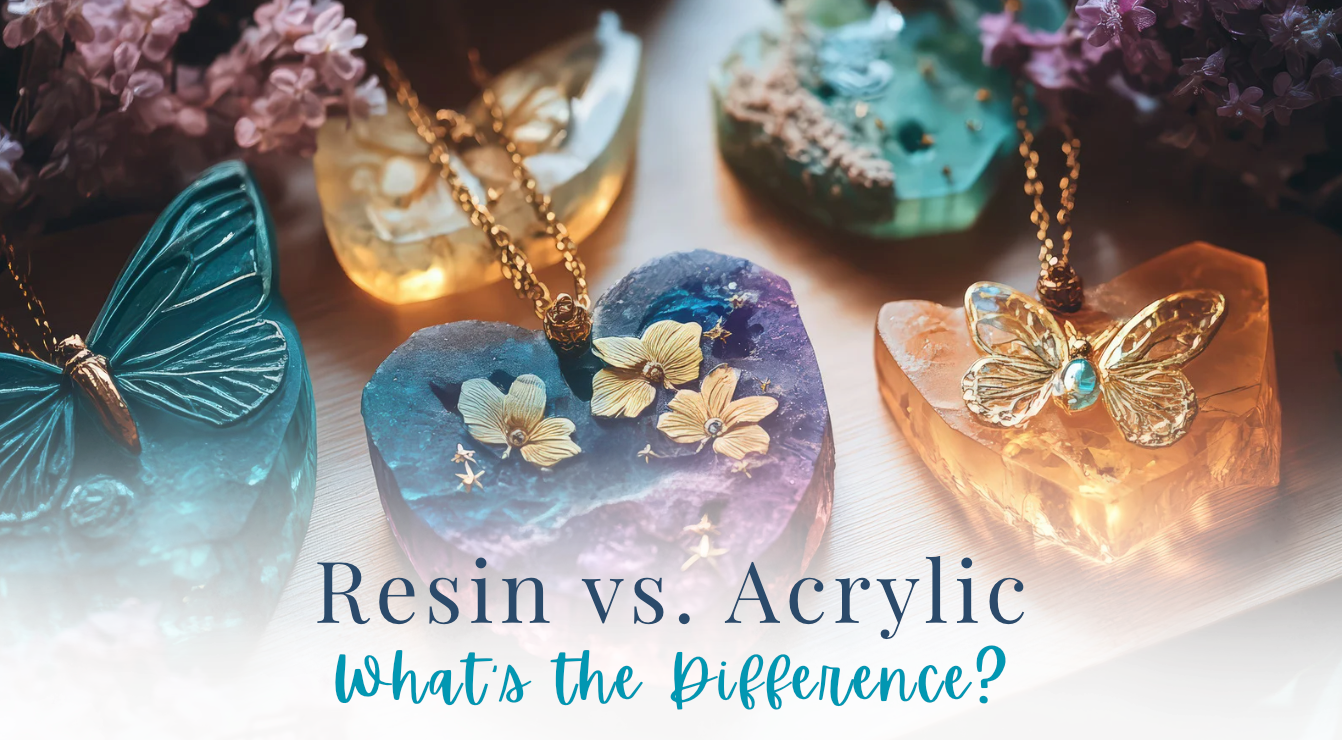

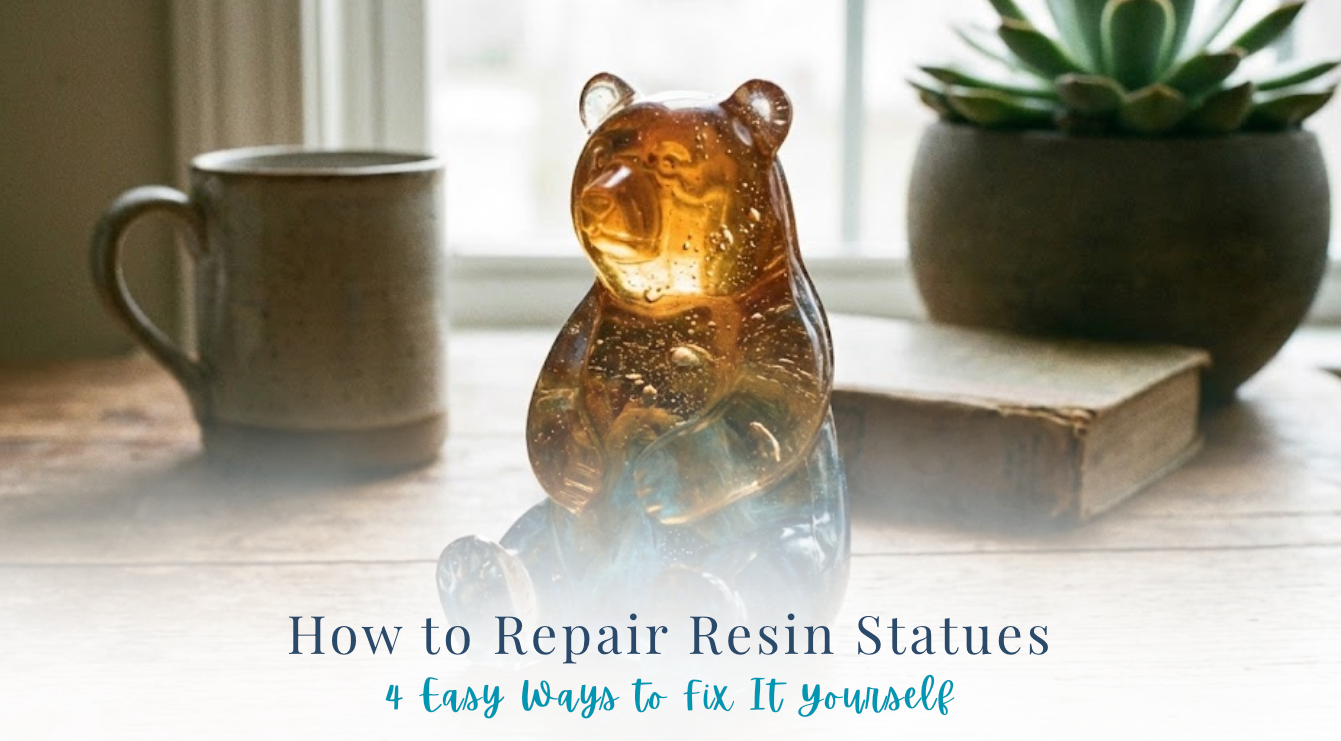

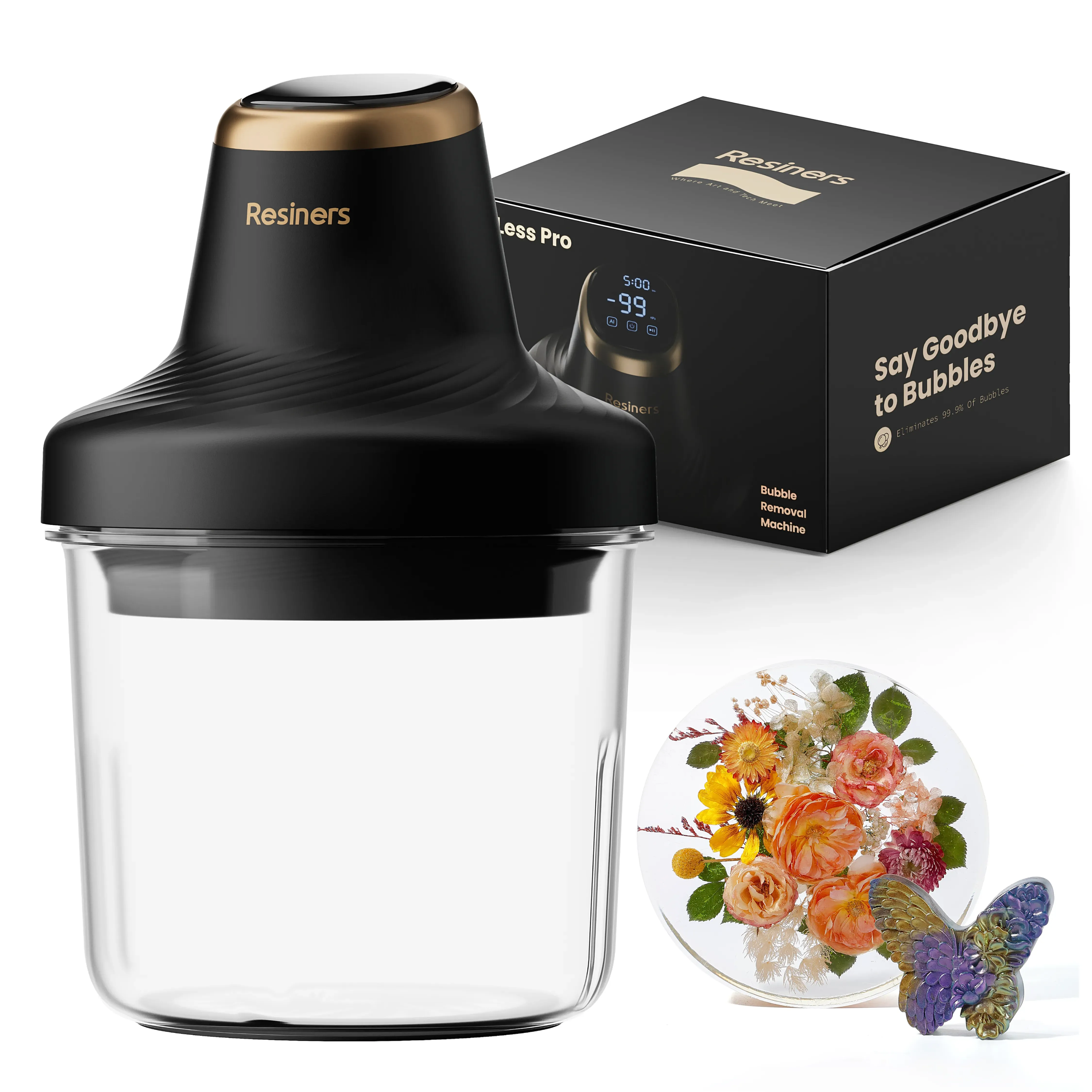
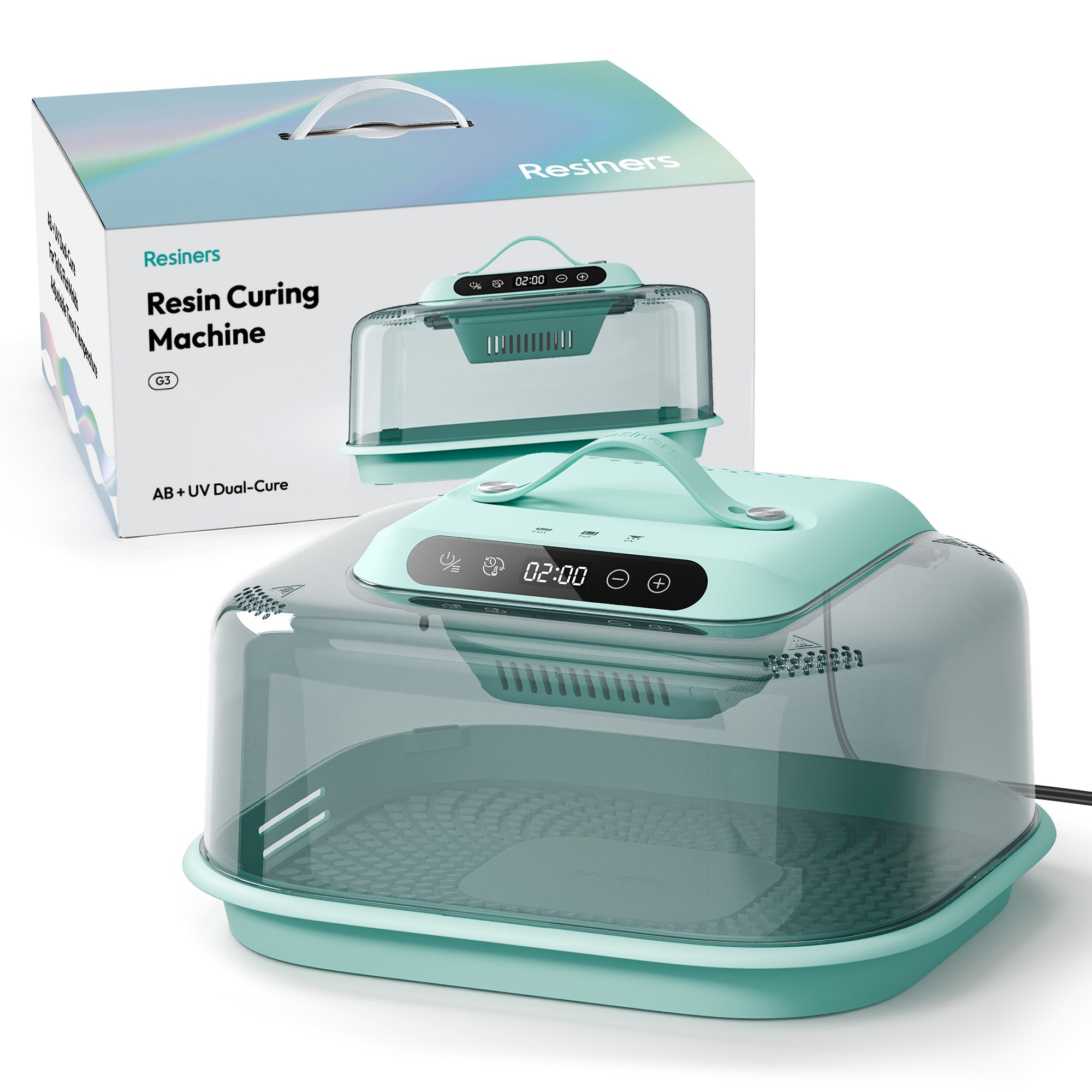


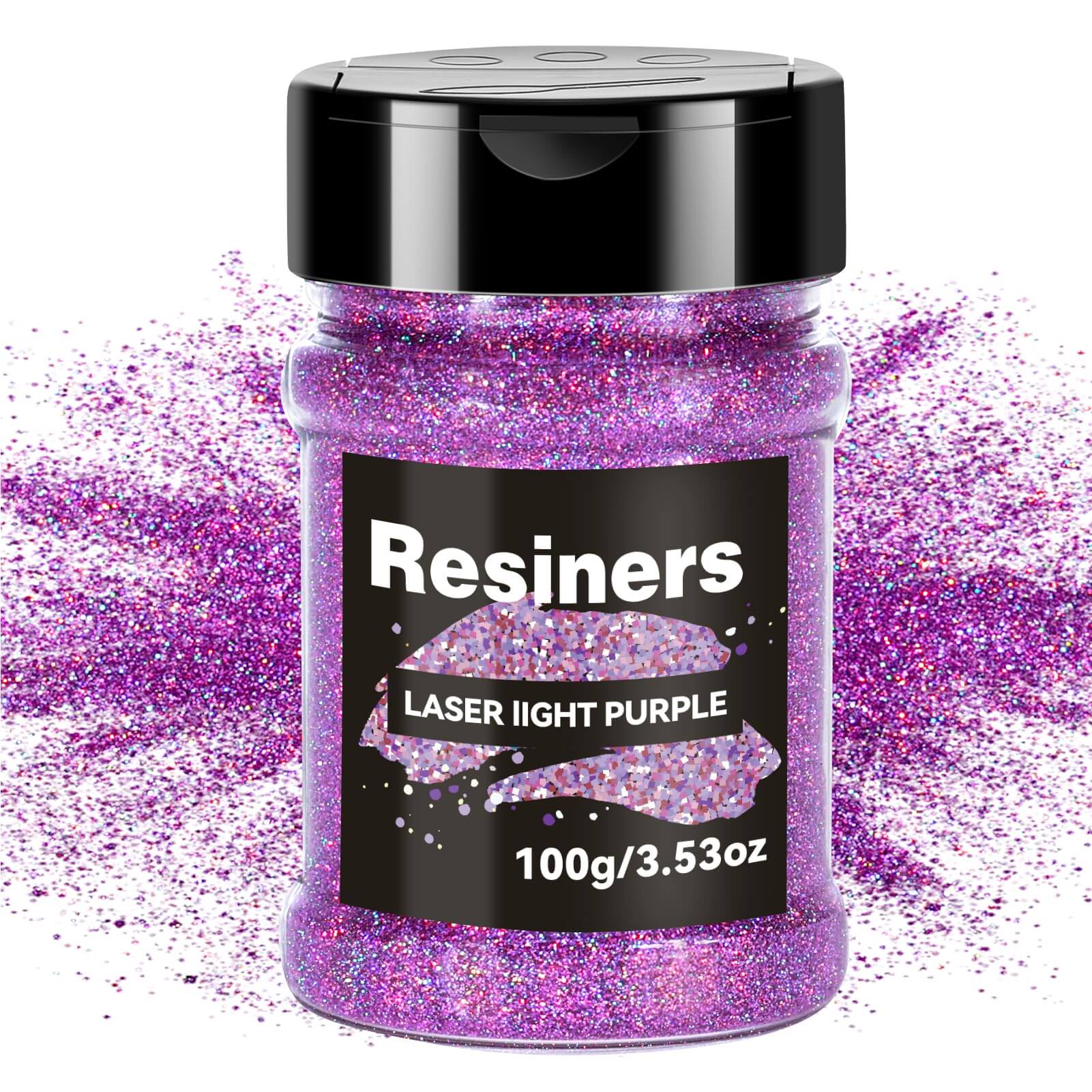
Laisser un commentaire
Ce site est protégé par hCaptcha, et la Politique de confidentialité et les Conditions de service de hCaptcha s’appliquent.